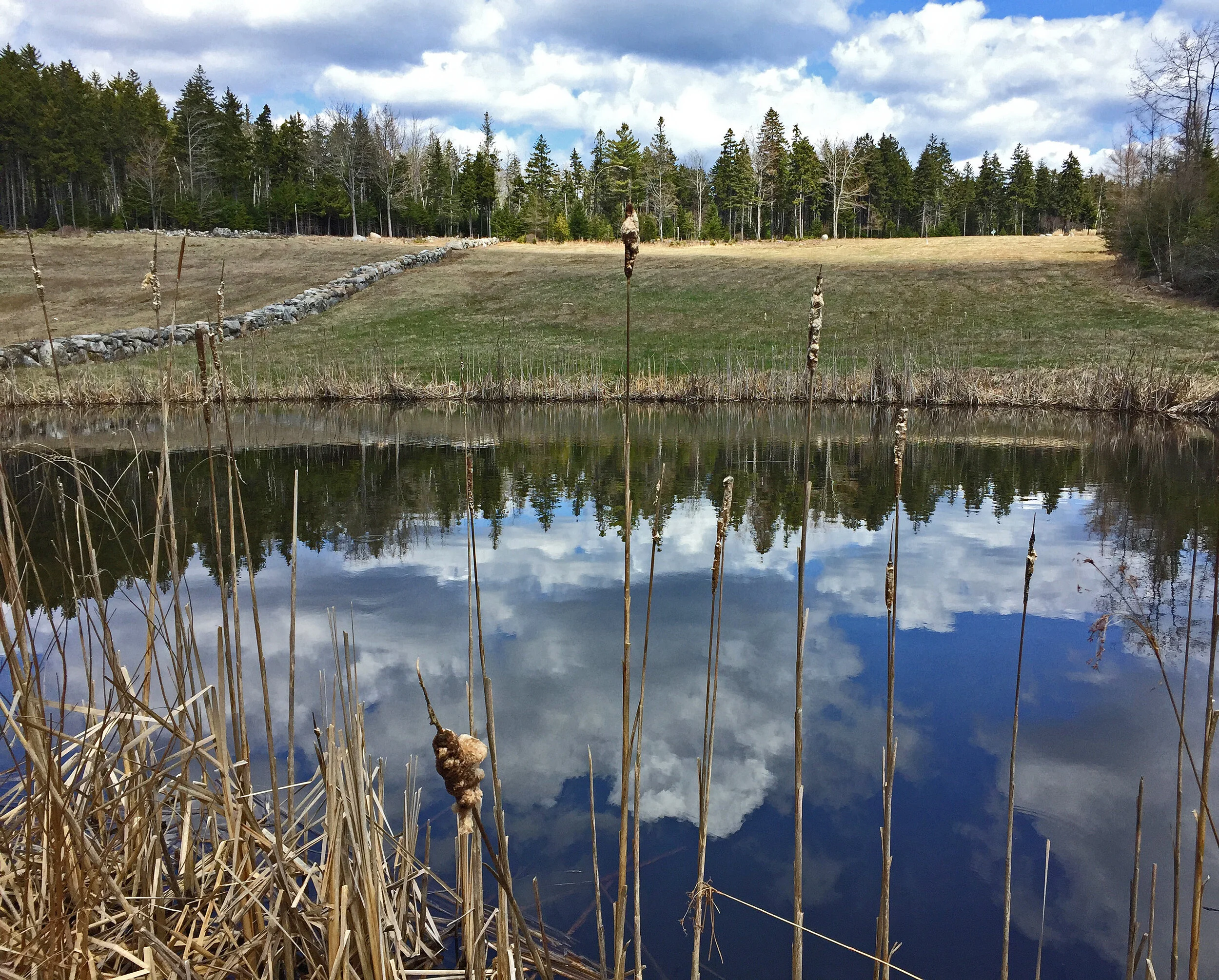Green Arrow Arum (Peltandra virginica) plants in our local ponds and other freshwater wetlands are coming up like ballistic missile fields, as you can see from this image taken Tuesday (April 20):
Soon, these missiles will unfurl into leaves that will be about 30 inches long and about 8-inches wide at their widest. They’ll form green “arrow heads” that are heavy enough to bend the stalks gracefully over the pond’s lily pads. See these summer archive images:
This plant, also known as Tuckahoe, produces fruits that ducks, muskrats, and other marsh creatures eat, but humans are advised not to taste any part of the plant. The family name “arum” is thought to derive from the Arab term for “fire” and reflects the sensation you’ll have in your mouth if you chew this plant. (Brooklin, Maine)














































